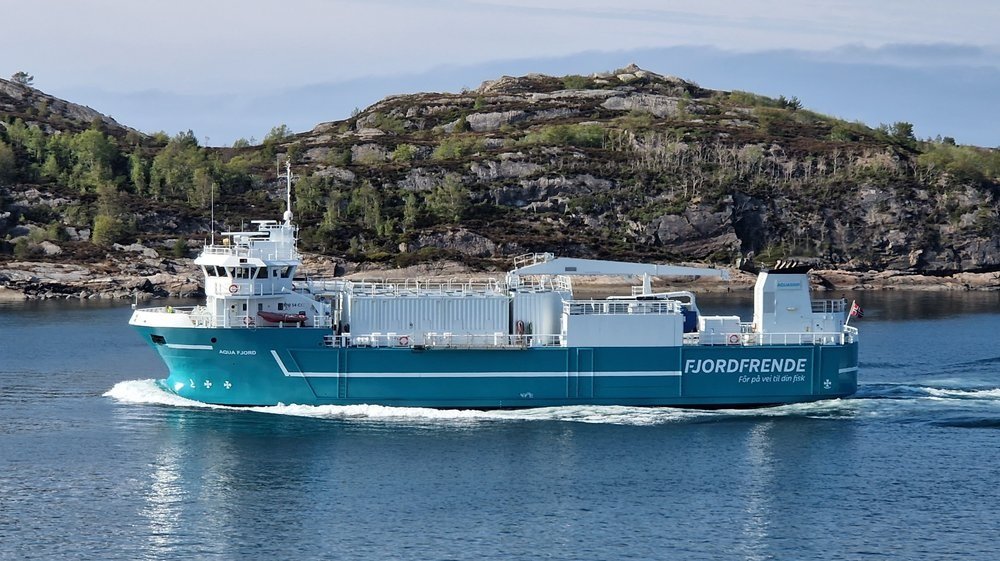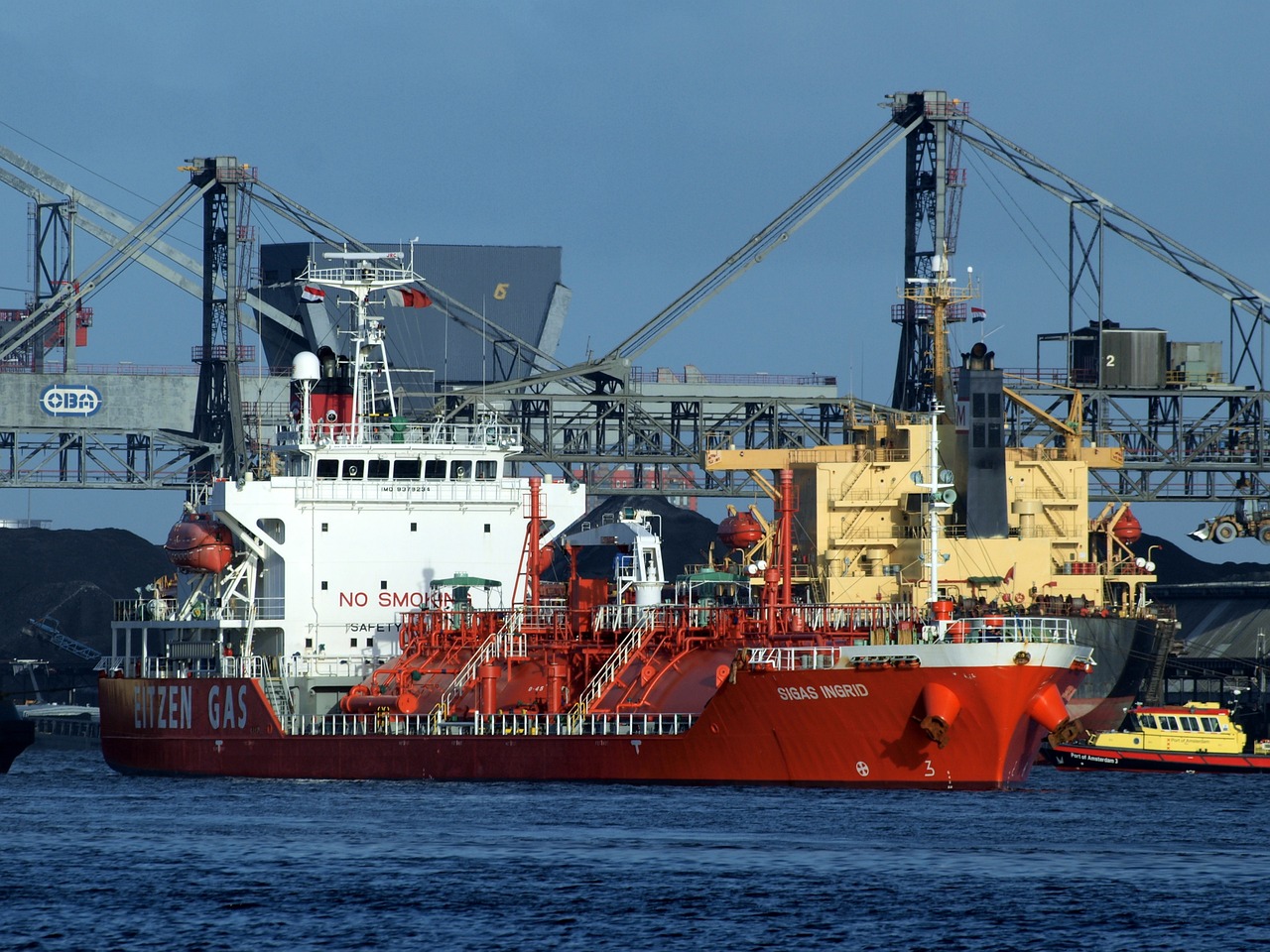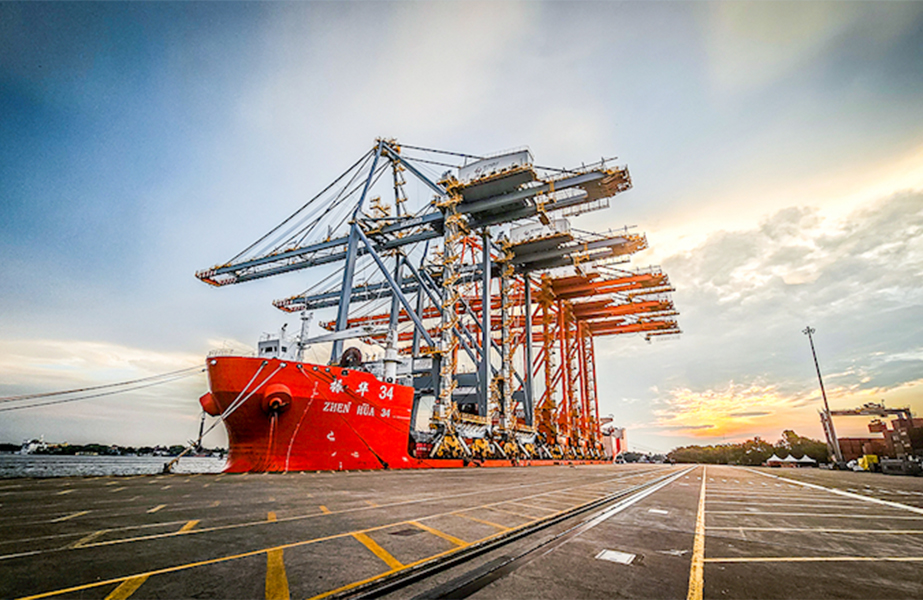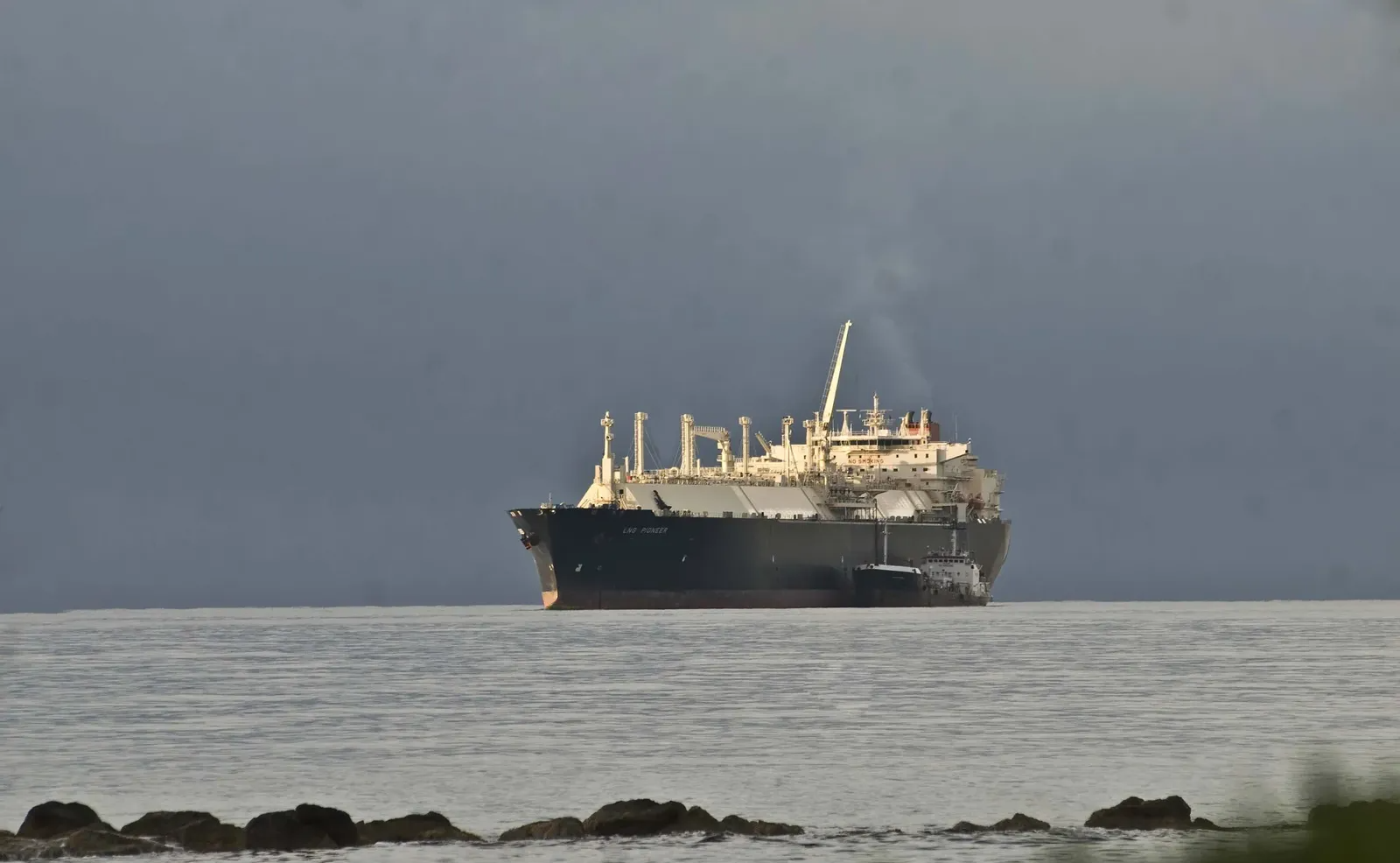INTERCARGO has published its Benchmarking Report for 2024, revealing key safety and performance trends regarding dry bulk vessels.
According to the report, in 2024, the Baltic Dry Index (BDI) exhibited notable volatility. In July, it stood above 2,100 points, reflecting an increase from previous months. However, by December, the index had declined to 1,000 points. This downward trend continued into early 2025, with the BDI reaching just above 700 points by February, before recovering to 1,400 levels in May 2025.
The Bulker fleet has continued to grow over the last few years as the number of live vessels has increased by 6% from January 2023 to January 2025; this figure is expected to grow in the year ahead, levelling out in 2026. Overall, removals have remained low as earnings have been firm overall for bulkers over the past few years. However, scrapping is likely to pick up in 2026.
In 2024 IACS members “Classed” 95.9% of the bulk carrier fleet with an average DPI of 1.78 significantly outperforming non IACS classed vessels that had an average DPI of 5.66. Class NK maintains top slot with 34% of total market share.
In 2024 the global bulk carrier fleet was registered with 88 Flags, out of which 16 have fleets of 100 bulk carriers or more accounting for just under 86% of the global bulker fleet.
Reference to the INTERCARGO annual casualty report shows that twenty (20) bulk carriers over 10,000 dwt have been identified as total losses over the years 2015 to 2024. The average age of bulk carriers lost was 18.3 years and in total 1.8m dwt have been lost which equates to an average 179k dwt per year. Cargo shift and liquefaction remain the greatest contributors to loss of life and groundings remain the greatest causes of ship losses. 89 crew members lost their lives during the period; in principle, loss of one life is too many, however, on the positive side the trend in lives and vessels lost has been significantly improving year on year over the last 30 years.
Turning to personal safety, members data for the last five years shows a general downwards trend in terms of both lost time and total recordable incident frequency rates although the trend has plateaued since 2023.
The market share enjoyed by the members of the International Group of P&I Clubs (IG) increased from approximately 73% in 2023 to approximately 81% in 2024. If we measure performance in terms of deficiencies per inspection (DPI), on average members of the IG Clubs continue to outperform the rest of the industry with an average of DPI 1.71 versus 3.32. The recently merged North of England and Standard Clubs has challenged Gard for the top spot with 12.7% and 12.8% of market share respectively. The best performance in DPI terms goes to Gard with a score of 1.46.
In 2024, vessels calling at Australian ports continue to have the highest deficiencies per inspection (DPI) rate at 3.98, significantly above the global average of 1.67, as reported by AMSA. When it comes to bulk carrier detentions, the Paris MoU has overtaken AMSA with a detention rate of 5.30%, well above the global average of 1.91%. The Black Sea, Tokyo, and AMSA regions all recorded detention rates higher than this average, signalling continued enforcement challenges in these areas.
The Tokyo MoU conducted the highest number of bulk carrier inspections, reaching 12,800, while Vina Del Mar and Paris followed with 4,185 and 3,922 inspections, respectively. These statistics highlight the ongoing efforts of PSC authorities to uphold international maritime standards and address substandard shipping practices, particularly in regions where compliance issues remain prevalent.
In 2024, detention rates as a percentage experienced a modest rise for both the INTERCARGO-entered fleet and non-entered fleet, while global rates remained unchanged. The accompanying tables and graphs illustrate a gradual increase in detention numbers for the INTERCARGO-entered fleet, mirroring a similar trend in the overall dry bulk fleet. Additionally, Deficiencies Per Inspection (DPI) showed
a slight uptick across all industry segments.
According to the publication, vessels registered with INTERCARGO consistently exhibit superior performance compared to the broader industry in both Detention Rates (DTR) and Deficiencies per Inspection ratios (DPI). The tables provided offer owners the opportunity, and indeed encourage them, to assess and benchmark the performance of their fleets against their peers within the industry.
These results show that quality is measurable. Responsible, quality operators are delivering safer, more compliant ships, and benchmarking helps identify strengths, highlights areas for improvement and promotes operational integrity throughout the industry
These results show that quality is measurable. Responsible, quality operators are delivering safer, more compliant ships, and benchmarking helps identify strengths, highlights areas for improvement and promotes operational integrity throughout the industry
… said John Xylas, Chairman of INTERCARGO.




